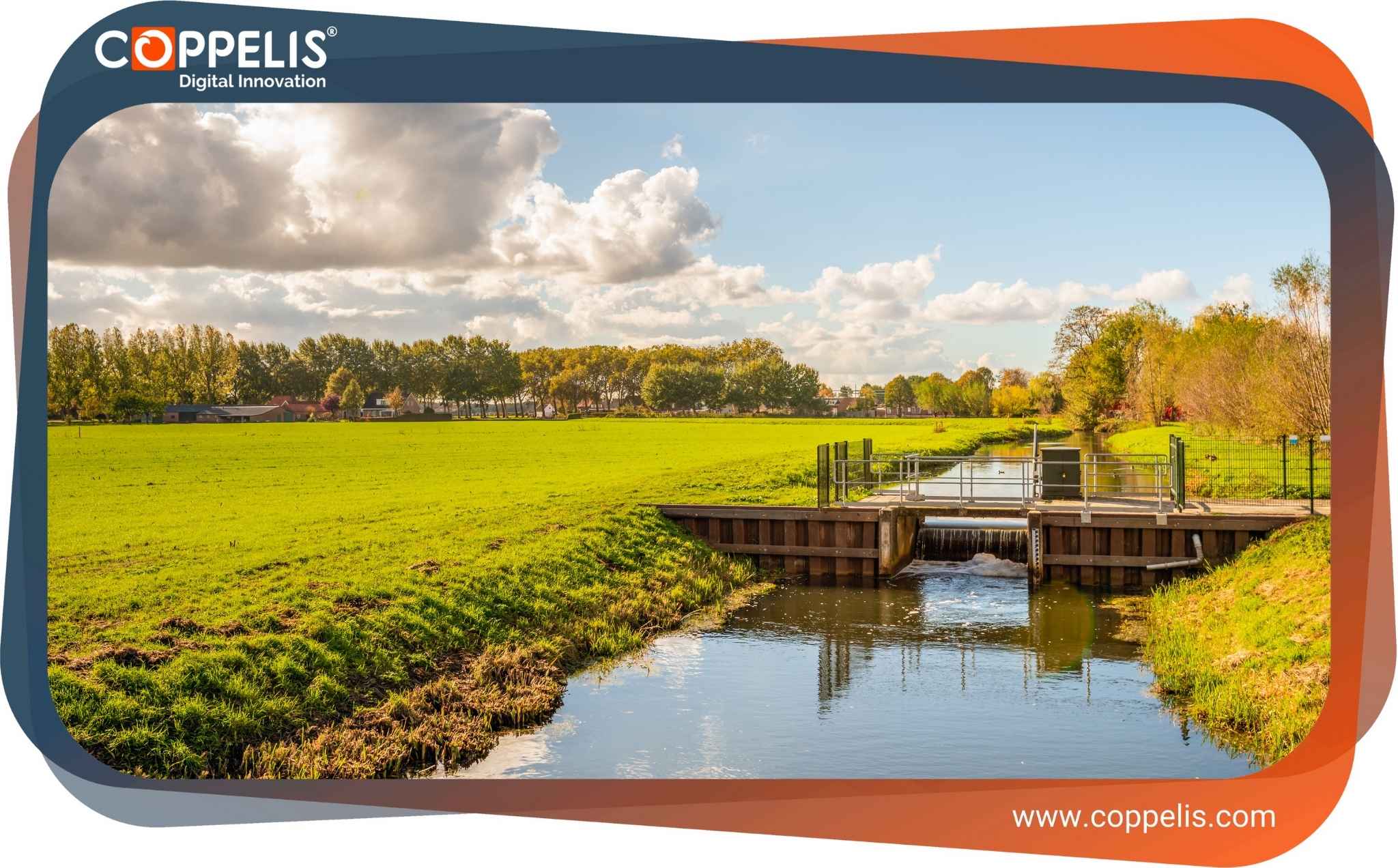Urban sanitation is a critical component of public health, environmental sustainability, and overall quality of life.
As cities grow and infrastructure ages, traditional reactive approaches to sanitation—where issues are addressed only after they arise—are proving insufficient.
Enter AI and sanitation management, a transformative combination where artificial intelligence meets advanced mapping technologies to predict, prevent, and solve sanitation challenges before they escalate.
From Reactive to Proactive Sanitation Strategies
Sanitation networks, including sewage systems, stormwater drains, and waste collection routes, are complex and prone to blockages, overflows, and wear over time.
Conventional methods of inspection, which often involve manual field visits or fixed maintenance schedules, are both time-consuming and cost-inefficient.
With the integration of AI-powered mapping, city managers and utility providers can now take a proactive approach.
AI systems can analyze vast volumes of real-time and historical data to identify patterns, predict potential failures, and suggest timely interventions.
How AI-Powered Mapping Works
AI-powered mapping combines several cutting-edge technologies, including:
- Geographic Information Systems (GIS): Provide spatial visualization of sanitation infrastructure.
- IoT Sensors: Capture real-time data on flow rates, pressure, and blockages.
- Machine Learning Algorithms: Detect anomalies and forecast system failures.
- Remote Sensing and Drones: Gather aerial or satellite imagery to monitor large or hard-to-reach areas.
These technologies feed into a centralized AI platform, enabling city planners and sanitation teams to visualize risk zones, plan maintenance routes, and deploy resources more effectively.
Applications of AI and Sanitation Management
1. Predictive Maintenance
Instead of waiting for a pipe to burst or a manhole to overflow, AI algorithms can analyze sensor data and historical trends to predict when and where problems are likely to occur.
This enables maintenance teams to act before issues arise, reducing repair costs and minimizing disruptions.
2. Dynamic Resource Allocation
Sanitation crews can be dispatched based on real-time priorities rather than fixed routes.
For instance, after a heavy rainfall, the system can automatically identify flood-prone or clogged zones and assign teams accordingly. This increases efficiency and reduces response times.
3. Smart Waste Collection
Mapping tools enhanced with AI can determine optimal routes for garbage trucks based on current fill levels of bins, traffic conditions, and historical usage data.
This not only saves fuel but also ensures timely waste disposal, contributing to cleaner streets.
4. Public Health Monitoring
AI-powered platforms can correlate sanitation data with health records, population density, and environmental factors to detect disease hotspots or predict outbreaks.
This holistic view helps public health officials take preemptive action in vulnerable neighborhoods.
Benefits of AI in Sanitation Management
The combination of AI and sanitation management delivers multiple benefits to municipalities, utilities, and residents:
- Cost Efficiency: Reduced emergency repairs and optimized operations save money in the long term.
- Environmental Impact: Proactive maintenance helps prevent pollution of water bodies and ecosystems.
- Data-Driven Decisions: Enhanced situational awareness leads to smarter policy and planning.
- Improved Service Delivery: Citizens benefit from cleaner environments and faster problem resolution.
- Scalability: AI systems can easily adapt to expanding urban areas or integrate with other smart city functions.
Case Study: AI in Urban Sanitation in Action
Several cities around the world have already begun integrating AI-powered mapping into their sanitation strategies.
For instance, a South Asian city implemented AI algorithms to monitor sewer blockages using IoT sensors and GIS.
Within six months, the number of emergency overflow incidents dropped by 35%, and maintenance costs were reduced by 20%.
In Europe, another municipality used satellite imagery combined with AI to detect illegal waste dumping zones.
This allowed the city to deploy drones for inspection and take swift legal action, significantly improving waste management compliance.
Challenges and Considerations
While the potential of AI and sanitation management is vast, there are several challenges to address:
- Data Privacy: Collecting data on a city-wide scale raises concerns about surveillance and individual privacy.
- Infrastructure Costs: Initial setup of sensors, AI systems, and integration with existing IT infrastructure requires investment.
- Skill Gaps: Municipalities need trained personnel to interpret AI insights and manage digital platforms.
- Data Accuracy: AI is only as good as the data it receives. Incomplete or low-quality data can lead to poor decisions.
Overcoming these challenges requires a coordinated effort between technology providers, urban planners, and policymakers.
The Future of Sanitation: Integrating AI into Smart Cities
The role of AI in sanitation is only one part of a broader transformation toward smarter urban ecosystems.
Integrated with other smart city initiatives—such as traffic management, energy grids, and environmental monitoring—AI-powered sanitation management contributes to a more resilient, efficient, and livable urban future.
Looking ahead, innovations like digital twins of sanitation networks, augmented reality for field technicians, and citizen feedback loops via mobile apps will further enhance AI’s impact on sanitation services.
AI-powered mapping is not just a technological upgrade—it represents a shift in mindset from reactive crisis response to proactive public service.
The synergy between AI and sanitation management offers cities a powerful toolkit to ensure cleaner, safer, and more efficient sanitation systems.
As global populations rise and environmental challenges grow more complex, embracing these tools is not just smart—it’s essential.
Forward-thinking municipalities that invest in AI-driven solutions today will be better equipped to manage tomorrow’s urban sanitation needs.


